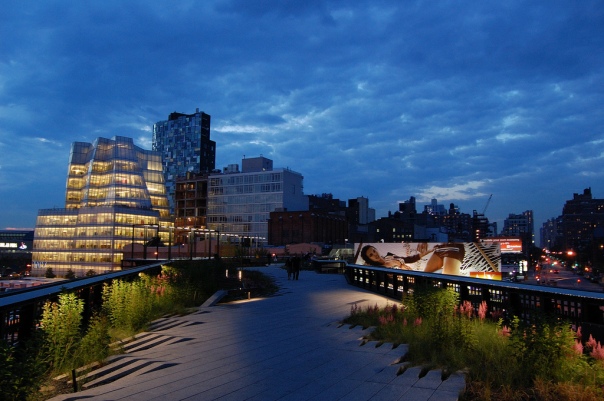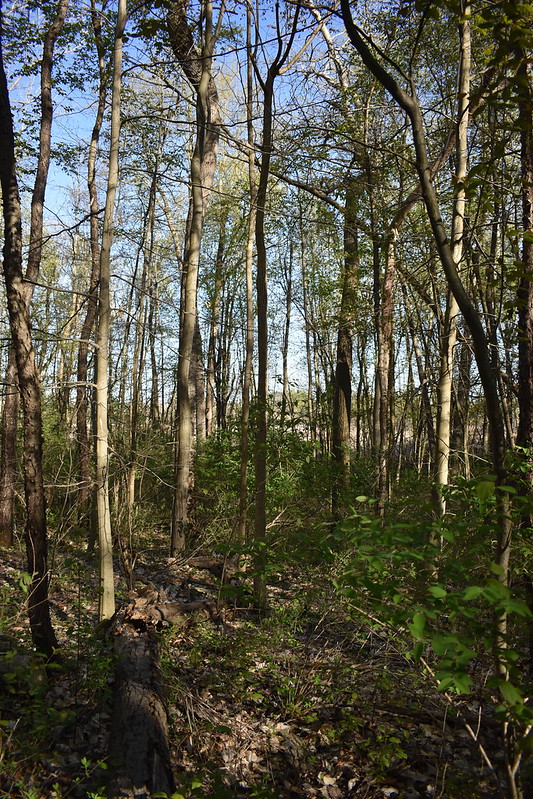Blog Archives
Forest Hills Gardens – From Manhattan to Tudor Village in 20 minutes.
Some years ago, if I was told that I could travel 15-20 minutes out of Manhattan and find myself in a bucolic Tudor-revival village, I’d have dismissed the idea as a greatly distorted exaggeration. But there I indeed found myself on a grey, blustery mid-November evening. I was on the hunt for my first NYC apartment and, so stunned by the neighborhood, took a place in the “Forest Hills Inn” with barely a second thought.
The bricked facade of the Inn’s tower rises to a round knob, somewhat reminiscent of the dome of the Florence Cathedral, and the building is connected to its neighbors via breezeways perched atop arches. It’s across from a Long Island Railroad station, which is designed in the same Tudor style as the apartments that circle it. As the name suggests, my new home was once a hotel – the lobby is all dark-stained wood and conjures a rustic formality. Add a few animal-head trophies and Theodore Roosevelt might seem quite at home here. (In fact, in 1917 TR gave a speech across the square on the steps of the rail station, and may have indeed set foot in this lobby). There is a sealed door marked “Bar Room” in faint gilded letters, and the check-in counter has been converted into a real estate office. A modest wooden staircase curves up to the “guest floors”, or one can take the ancient two-doored elevator, in front of which, in a glass case, is displayed luggage supposedly belonging to Frank Sinatra and Marilyn Monroe. As a young musician and artist very much allured to the bohemian resonance of old New York hotels, I was immediately sold. That it was, by far, the best deal I’d found on the infamous NY rental market was all the more thrilling.
And so I checked in, semi-permanently, into the Forest Hills Inn. My modest studio was most certainly a converted hotel room – some household utility sheds are larger, and the kitchen was essentially installed inside a closet. But, the golden beige walls and deep purple curtains offset any chance of crampedness entering my head – especially when I could quickly escape to Manhattan or shop for basically anything within a five minute walk.
The three blocks that run from the subway station to the Inn cross through two entirely different ways of looking at urbanity. The contrast was always jarring, and often even baffling to my firsttime guests. The streets around the subway are a crossroads of hectic commerce – chain stores, fast food, restaurants, halal carts, delis, bagel shops, traffic… That condensation of suburban-esque commerce that you see sometimes in central Queens. But go past the McDonalds and Boston Market and under the train trestle, and you’re instantly in a different world. The gothic/Tudor tower of the Inn appears suddenly before you, and beyond, spread streets upon streets of what looks to be an English countryside village. “Like entering ‘Hobbitville'” is how one friend of mine aptly put it.
“The Gardens” was one of the first planned urban neighborhoods in America. With expanding population and more efficient transit, people began to move from the confines of Manhattan into the wide rural tracts of the outer boroughs. Around the turn of the 20th century, at the height of the Progressive era, there was a developing concept of urban planning, originating in Britain, called the “Garden city movement”. The idea was to alleviate the incredible overcrowding and filth of a city’s working-class districts by building attractive and uncongested low-cost housing in a sort of greenbelt along the urban fringes. In 1909, the Russell Sage Foundation, a group founded by wealthy Manhattan notables, began construction on the Forest Hills Gardens development; landscaping was handled by Frederick Law Olmstead, Jr. – son of the famed designer of Central Park. The foundation’s mission was “the improvement of social and living conditions in the United States”, and the neighborhood, now home to 4,500 residents, was meant to be (and still is) a refuge from the city, a place where people could reconnect with a way of life lost in the grime of the Industrial era. As such, the Gardens was aimed to attract New York’s working and middle classes. While the mission was noble, over time the architectural splendor and impeccable landscaping of the neighborhood meant that property values quickly became cost-prohibitive to the target market.
Most of the neighborhood consists of single family houses, and a handful of apartment buildings, all impossibly attractive. Everything is privately owned, including the streets. Through-traffic is permitted, but by a quirk of NYC law, the streets must be closed at least 8 hours on one day of the year in order to remain privately owned. (Rockefeller Plaza in Manhattan must also follow this odd procedure.) The “Forest Hills Gardens Corporation” maintains public areas, and architectural changes may only be carried out with the Corporation’s permission in order to preserve the neighborhood’s character.
As the suitcases of Sinatra and Marilyn displayed at the Inn attest, there was once a time when the area attracted much more outside attention. The now unused stadium at the exclusive West Side Tennis Club was, until 1977, the home of the U.S. Open; and was a major concert venue during the 1960’s, playing host to the likes of Bob Dylan, Jimi Hendrix, Johnny Mathis, the Monkees, and of course, Simon and Garfunkel, who grew up mere blocks away in Forest Hills proper. The stadium appears in the 2001 film “The Royal Tannenbaums” as the place where Richie Tannenbaum’s illustrious tennis career comes to a painful end; and is where Don Draper attends a Rolling Stones concert in the third season of the mini-series”Mad Men” – (http://gothamist.com/2012/04/02/the_rolling_stones_at_forest_hills.php) (link includes photos of the real concert)

Courtesty of The Rego-Forest Preservation Council
These golden years are gone, and the tea garden hidden behind the Inn that once hosted celebrities and weddings is now a crumbling patch of slate. But not much else has changed. Houses here have now been in the same families for generations, and residents (rightfully) possess a gushing pride. The only reason I moved out was because I was getting married and a bigger place was out of my price range. However, I still visit from time to time, and though I’d walked the same streets time and time again, I am always taken with its beauty, and marvel at its closeness to Manhattan, and the hectic commerce of central Queens.
The New York City Landmarks Commission, which has done a lot of good for the preservation of important sites across the city, is woefully negligent of Queens. Despite its architectural uniqueness and innovation in city planning, the neighborhood, including the magnificent Forest Hills Inn, has yet to come under its protection. Even more glaringly, the disused stadium which once drew international sporting and musical attention has also failed to be protected. But this is an issue for another article…..
In the meantime, for more about the Gardens, including some great old photos, visit: http://regoforestpreservation.blogspot.com/
The Equitable Building
Looming over Lower Manhattan on Broadway, near Wall St., 1915’s Equitable Building symbolizes a turning-point in high-rise construction and urban zoning.
Incredibly, the New York skyscraper was born on the narrow 17th century streets of Lower Manhattan. As each new tower went up around the turn of last century, more and more sunlight became obscured from the ground- much to the horror of citizens who were grappling with this type of architectural scale for the first time in history. To this day, in fact, some streets here have not seen direct sun in a century.
The Equitable Building so obscured Broadway that a public outcry resulted in changes in zoning law which required tall buildings to have setbacks. This helped usher in the sleek, “pointy tower” Art Deco era of the Empire State and Chrysler Buildings.
Incidentally, the Equitable Building contained more office space than any other building in the world until the opening of the Empire State in 1931.
Summer on the High Line
Built in the 1930’s and used until 1980, this elevated freight line ran up the West Side from the Meatpacking District. Abandoned through the 80’s and 90’s, wild plants and grasses took root up here and it became the (illegal) haunt of graffiti artists and urban adventurers. There were always rumors about the best ways to evade security and sneak up here.
Towards the 2000’s, the city started to move to tear it down, but thanks to the efforts of community groups like “Friends of the High Line”, it was instead turned into a city park.
For more check out:





















